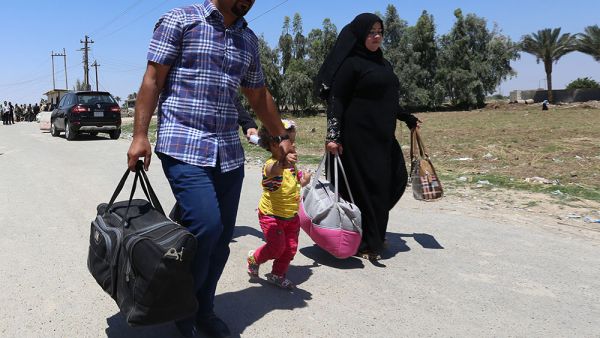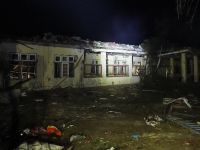As the refugee tide into Europe intensifies, so do the measures created by states trying to stop them. Last week, Germany closed its borders to new refugees as thousands were entering the country. France followed with the same policy days later. Meanwhile, Hungary has erected razor-wire fencing to keep refugees from entering its territory to get to western Europe.
But all these factors have done little to stall the refugee crisis. Asylum seekers are instead finding new routes through Europe that end up posing risks a lot more similar to the places they're fleeing in the first place.
As migrants forge a path in the Balkans, they're increasingly having to cross through southern Serbia, then parts of Bosnia and Herzegovina. Wrought with brutal conflict during the Yugoslav Wars of the 1990s, this 750 kilometer area is covered in unexploded munitions, from the cluster bombs we've seen in Yemen, to various mines left from countless militias.
To be specific — some 50,000 are laying in Croatia and as many as 120,000 are in Bosnia, according to the Middle East Eye.
Most of these have already been marked to warn passersby. But as Darvin Lisica, the regional director of Norwegian People’s Aid for South Eastern Europe, told the news agency, increased migrant traffic on unreliable routes presents worrisome new challenges.
The aid organization has distributed leaflets in Arabic and English to warn potential migrants, but as the routes and the crowds continue to multiply, a minefield is just one more factor in the complex refugee scenario unfolding in Europe.
Check out a map of the area below. Via Twitter.
There are 120,000 mines in Bosnia & 50,000 in Croatia - where refugees are now trying to cross http://t.co/AwEV5gfamL pic.twitter.com/y4onp9kJbN
— Middle East Eye (@MiddleEastEye) September 20, 2015






